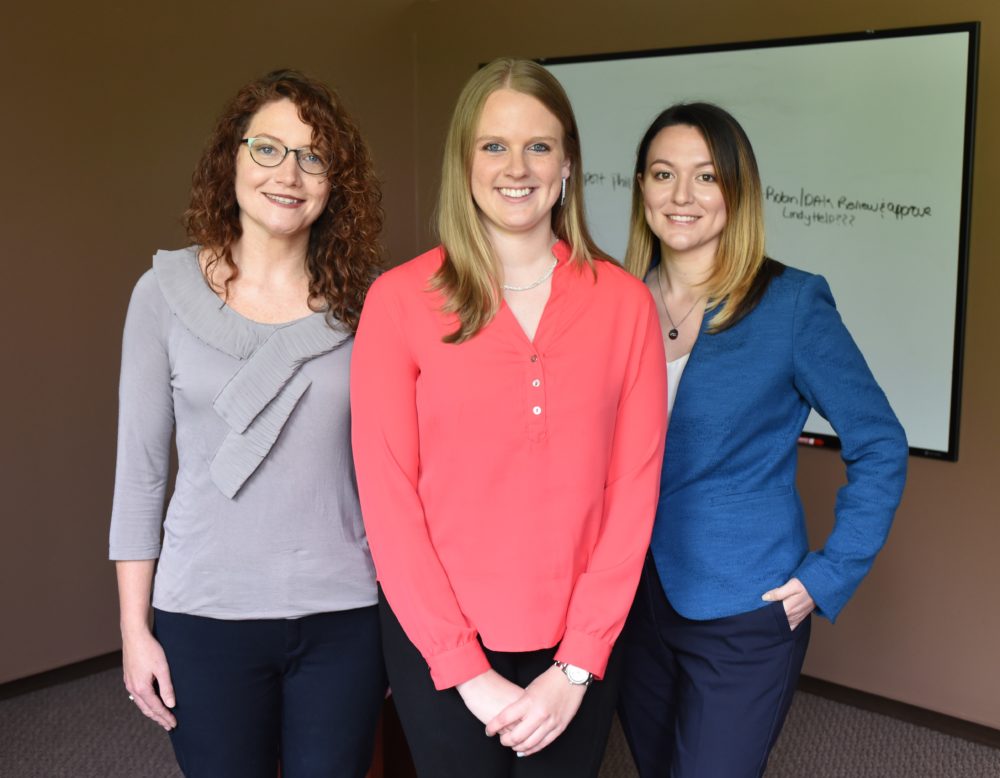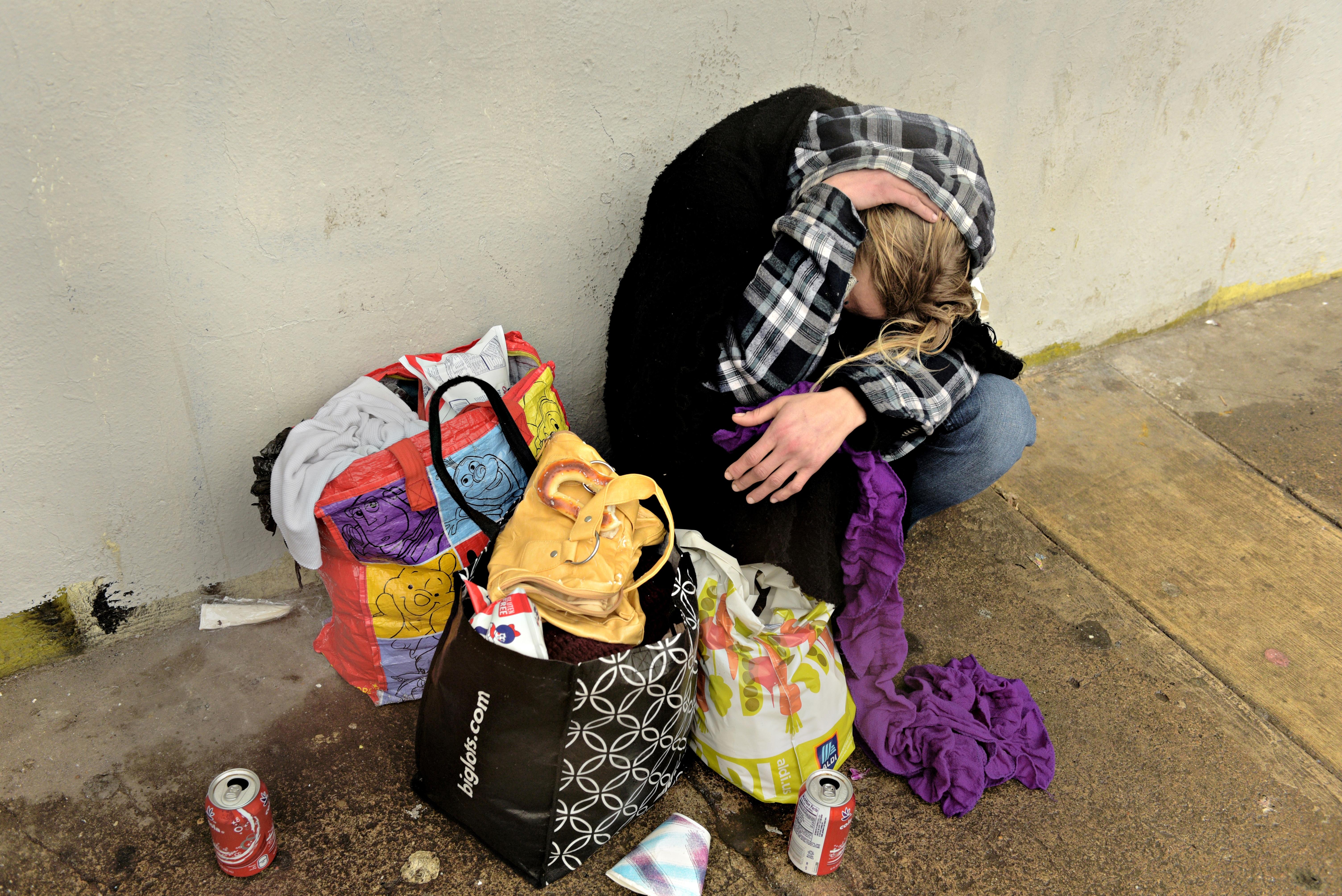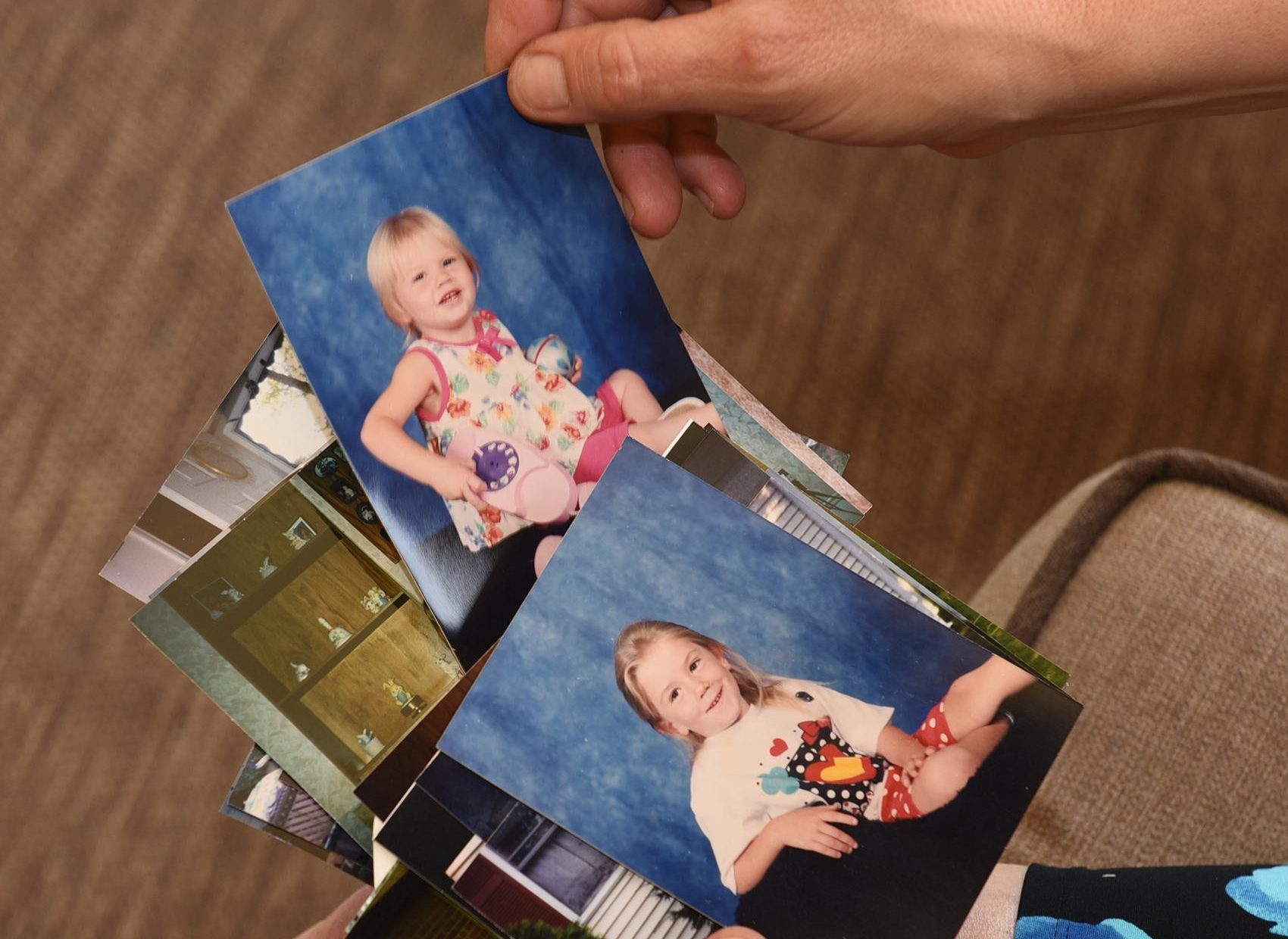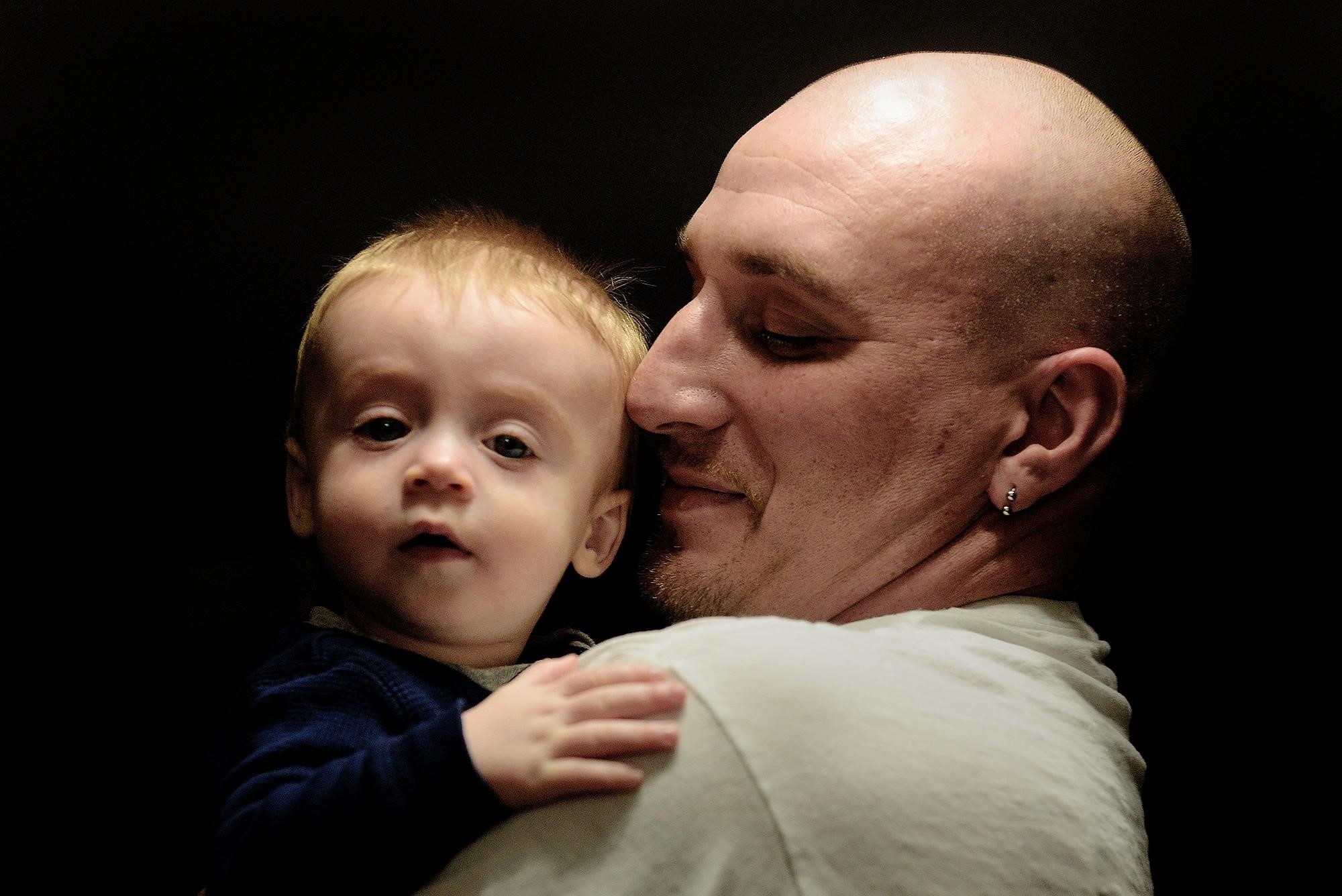Reflecting on a year of opioid addiction reporting
Editor's note: At the beginning of 2018, reporters Marion Callahan, Kelly Kultys and Jenny Wagner embarked on a yearlong project to document the opioid crisis in Bucks, Montgomery and Burlington counties. As the series comes to an end, they share their thoughts on their reporting and the impact it has had.
Helplessness and hope
I wanted to give her my boots.
The petite blonde woman in her 30s stood shaking beside a soaked backpack containing all of her belongings. Her lips were cracked and her teeth chattering on this frigid January day in a pocket of Kensington known as the "ground zero" of the opioid epidemic.
When offered help, her gaze fell to her feet.
She needed a size 6. I’m a size 8.5.
I stopped reporting, put my phone in my pocket and sorted through a heap of donations in an outreach center for something to replace her thin, soaked boots, the cause of the most immediate source of pain.
Helpless is the best word to describe how I felt then, and sometimes now, as I report and write about a scourge that kills at least 100 people a day and leaves thousands homeless.
Holding a steamy bowl of stew, the woman spoke about how she had a master’s degree, a home of her own in Perkasie, a successful career and a child. She also had an addiction to heroin, which she said “stole” her life.
I pulled out my phone and began to write her story. Writing, not rescuing, is why I was there. I spoke those words to myself decades earlier when I reported on the post-war refugee crisis in Bosnia. But in Kensington, there was a clear difference. There were no combined forces from the United Nations to protect them. No American Red Cross tents with food, water and medical supplies. And no size 6 boots.
The “forces” of folks there on that street corner, handing out bowls of stew, clothes and toiletries, were mostly made up of people who were personally touched by the epidemic. I was shadowing “How to Save a Life,” a group of Bucks County parents whose underlying mission is to get people off streets and into treatment.

That is also one of the goals of the state’s ongoing disaster declaration, announced early last year to cut bureaucratic red tape and knock down barriers that prevent folks from getting help.
I got a chance to visit Gov. Tom Wolf in his office in Harrisburg to talk about it. He said the work “to make treatment available to people when they need it” continues. Increased funds are flowing into the counties, but he admits that he wishes he could provide more. The inconsistency of federal revenue streams doesn’t help. More federal help is needed, he said.
But even money doesn’t shed the biggest barrier — stigma.
“This is a medical public health emergency — not a moral failing and we have to figure out how to fix this,” Wolf told me.
I asked about Kensington, thinking of what he could do about the pain that I witnessed on the streets that January day.
He paused and with a kind smile reminded me there is still work to be done.
Even Wolf, sitting in the state’s top office beneath original paintings of William Penn and Benjamin Franklin, is limited in his rescue efforts.
As was I. I never found a pair shoes that fit the woman I met in Kensington. It still haunts me that I couldn’t do more to lessen one person’s suffering on the streets.
I can’t help but hope that by exposing barriers to help, alerting the community to the needs in recovery or unveiling the indiscriminate nature of the disease, maybe someone will be rescued along the way.
— Marion Callahan

A story that sticks
We were born a year apart, Sabrina and I. She was born Aug. 31, 1992, and I followed a year later. I never met Sabrina personally, but I think we would have gotten along. From what her mother and sister told me, she would crack the best jokes and always knew how to lighten a room. And even when times were tough, she always worked hard.
I never met Sabrina, because she died in 2013, at the age of 20, from a heroin overdose. Her mother, Lisa, has been advocating on her behalf ever since, trying to save others from losing their lives to addiction. Like her daughter, Lisa’s a hard worker and she’s written a piece of legislation called Sabrina’s Law to allow families to put their children in treatment, even if they don’t want to go.
That’s why I was there sitting on Lisa’s couch interviewing her in the summer of 2017. But all I could see at that time was the box of ashes on her side table, with “August 31, 1992 to July 4, 2013” engraved on it.
I went back to my car and cried the entire drive home. Sabrina’s story is one of many that’s stuck with me over this last year and a half of reporting on the heroin and opioid crisis, and it’s one of the main reasons I wanted to be a part of the “State of Emergency” series for this past year.
Since 2016, Burlington County has lost over 300 people to this epidemic. One of them was Kenny Smith, whose family has now opened a sober living home in his honor, because he died in a house that wasn’t sober. Another was Chris Power, whose family was kind enough to share his story with me to help illustrate the financial burden and toll addiction can have on a person and their loved ones.
It always make sad to think that the only reason I’ve met so many wonderful people, like Chris and Gail Smith and John and Donna Power, is because they’ve lost someone.
A lot of our series focused on the obstacles, barriers and challenges people struggling with addiction and their families face — paying for treatment, dealing with stigma, finding a sober place to live — but we also got a chance to highlight some of what’s being done to address this deadly epidemic.
Lt. Lou Fisher of Riverside has made it his mission to save as many people in his town from addiction, through a program he created to give nonviolent offenders and those at risk of overdose a second chance. He’s saved a lot of people with his program. I know because I’ve met many of them, and almost all of them say they’d be either in jail or dead if they hadn’t met him.
There’s other people saving lives across Burlington County. Gail O’Brien is another. She lost her son years ago, but the second anyone needs something, whether it’s a ride to treatment, furniture for someone who’s trying to restart their lives, or support, they know they can call her at anytime and she’ll help them as she always does.
Those are the people who give me hope as I sometimes struggle my way through writing these hard stories about lives that are lost, finances that are ruined and challenges that seem insurmountable.
My goal with this series was to be able to give at least someone out there struggling some hope. We wanted to shine a light on the barriers and challenges that exist in the hope that they can be addressed before we lose anyone else. That’s what I hope.
— Kelly Kultys

Our work is not finished
There’s a prayer that’s recited at the beginning of many 12-step meetings for people in recovery from drug or alcohol addiction.
One of the lines summons the “courage to change the things I can.”
It’s a line I’ve thought about a lot while covering the opioid crisis; from the first time I heard the words “heroin overdose” come over the police scanner in my newsroom in western Pennsylvania, to now, as I and my colleagues in the Delaware Valley have come to the end of our yearlong State of Emergency series.
As a reporter, there are many things I can’t change. I can’t change that lives are being lost every day, or that some people don’t see addiction as a disease and only want to focus on the problems, or that those trying to get on the road to recovery run into barriers at every turn.
But I can shine a light on those things, and spend time learning about potential solutions, and inform the rest of our communities, in hopes that the people who can change things, will do so.
That was the promise that I and my colleagues made at the beginning of 2018. At times it’s been frustrating because some of the things that need to change seem so simple, so obvious, but bureaucracy has gotten in the way. Many times, it’s been encouraging to see people taking charge and creating a new system or path.
The courage it has taken to fulfill our promise is nothing compared to the courage of the hundreds of people who we have talked to since. I think about them a lot.
They are sons and daughters, and mothers and fathers, and siblings and families and friends who have lost a lot — some of them everything. They’ve faced a financial toll, and too many have paid the ultimate price. But they still found something to give: their stories, so that others may find hope.
Some of them have made it a long way, and some of them are still struggling to get started. I wish I could summon the courage for them. I wish I could change things for them. As another line says, I have to accept that I can’t.
As long as they are out there, I won’t accept that our work is finished, even though our series is. And I will make a new promise now, that we will keep the light on to make sure the change continues.
— Jenny Wagner
